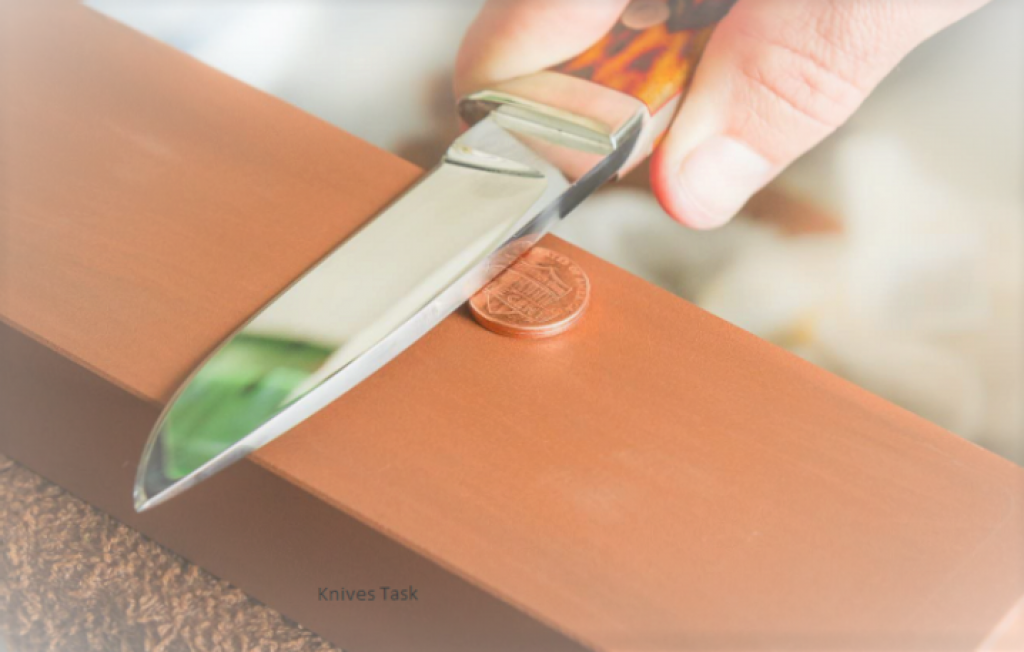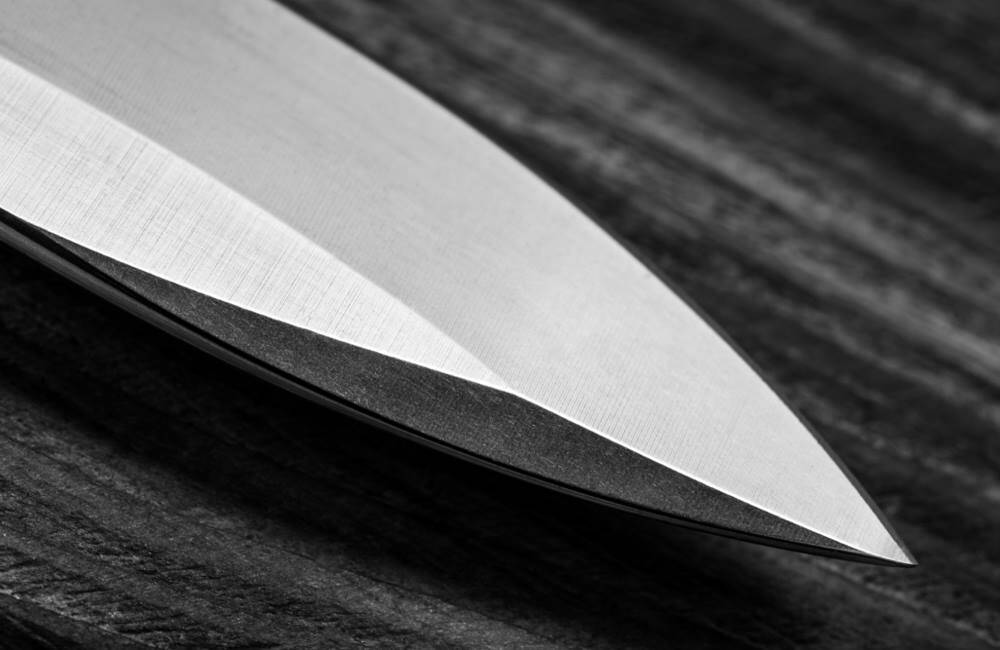How To Get A Knife Razor Sharp

Dull knives are a kitchen hazard. Learn how to achieve a razor-sharp edge quickly and safely with these expert-approved methods.
This comprehensive guide breaks down the process of knife sharpening, offering clear, concise instructions for both beginners and experienced cooks. Mastering these techniques will not only improve your culinary skills but also significantly reduce the risk of kitchen accidents.
Understanding the Basics
First, understand the anatomy of a knife edge. It's essentially a thin V-shape that dulls with use.
Sharpening restores this V-shape by removing small amounts of metal. Maintaining a consistent angle is crucial for optimal results.
The Essential Tools
You'll need a sharpening stone, honing steel, and a method for checking sharpness. A coarse stone is for repair, a fine stone for refining, and a honing steel for maintenance.
Water or oil is used as a lubricant with sharpening stones. Consider using a honing guide for consistent angle control.
Test sharpness with the paper test: slice vertically through a sheet of paper. A sharp knife will glide through effortlessly.
Sharpening with a Whetstone
Soak your whetstone in water for about 10-15 minutes or until it stops bubbling. Secure the whetstone on a non-slip surface.
Hold the knife at a consistent angle, typically between 15 and 20 degrees. Start with the heel of the blade and draw it across the stone towards the tip, applying light pressure.
Repeat this motion on both sides of the blade, alternating passes. Aim for even wear across the entire edge.
Refining the Edge
After using the coarse stone, switch to a finer stone. Repeat the sharpening process with the same angle and technique.
This step removes the burr created by the coarse stone. Reduce pressure as you refine the edge.
A leather strop can further refine and polish the edge. Draw the blade across the strop in the opposite direction of sharpening.
Using a Honing Steel
The honing steel doesn't sharpen; it straightens the edge. Hold the steel vertically and the knife at a slight angle.
Draw the blade down the steel from heel to tip, alternating sides. Use light pressure and maintain a consistent angle.
Hone your knife before each use to maintain its sharpness. This is a quick and easy way to prolong the life of your edge.
Electric Sharpeners: A Quick Fix?
Electric sharpeners can be convenient, but use with caution. Some can remove too much metal or create an uneven edge.
Opt for models with adjustable angle guides and multiple stages. Always follow the manufacturer's instructions carefully.
Consider the long-term cost, as replacing knives is more expensive than learning to sharpen manually.
Safety First
Always cut away from yourself. Use a cutting board to protect your work surface and prevent slips.
Store knives properly in a block or sheath to prevent accidental cuts. Keep knives out of reach of children.
If you're unsure about sharpening, consider seeking professional help. Many knife shops offer sharpening services.
Troubleshooting Common Issues
If your knife isn't getting sharp, double-check your angle. Inconsistent angles are the most common cause of dullness.
Ensure your sharpening stone is properly lubricated. Dry stones can damage the blade and the stone itself.
If you've damaged the blade, consult a professional sharpener. They can repair chips or re-profile the edge.
Data and Expert Opinions
According to a survey by America's Test Kitchen, 75% of home cooks use dull knives. This highlights the importance of proper sharpening techniques.
Knifewear, a leading knife retailer, recommends sharpening your knives every 2-4 weeks with regular use. The frequency depends on the type of steel and how often you cook.
Chef John from Food Wishes emphasizes the importance of patience. He states: "Sharpening a knife is a skill that takes practice."
Next Steps
Practice these techniques on a less expensive knife first. Consider taking a knife sharpening class for hands-on instruction.
Invest in quality sharpening tools. A good whetstone will last for years with proper care.
Sharpening is a continuous process. Maintain your knives regularly to keep them razor sharp and safe to use.


















